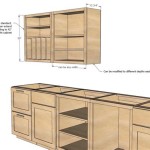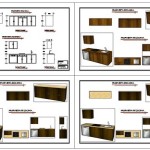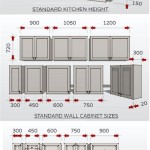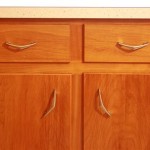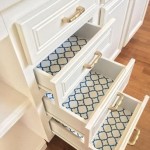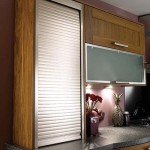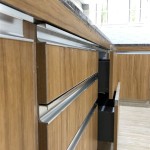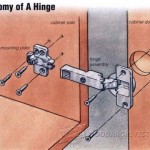Essential Aspects of Kitchen Cabinet Hardware Locks
Kitchen cabinet hardware locks are pivotal in ensuring the security and functionality of your cabinetry. They play a crucial role in safeguarding the contents of your cabinets and maintaining a seamless user experience. Understanding the essential aspects of these locks is paramount for making informed choices that meet your specific needs.
This article delves into the fundamental elements of kitchen cabinet hardware locks, exploring their types, materials, finishes, and installation considerations. By providing a comprehensive overview, we aim to empower you with the knowledge to select and install locks that enhance the functionality, security, and aesthetic appeal of your kitchen cabinets.
Types of Cabinet Locks
Kitchen cabinet hardware locks come in various types, each offering unique advantages. Some common options include:
- Magnetic Locks: These utilize magnets to hold cabinet doors shut, providing a silent and secure closure.
- Barrel Bolts: Classic and sturdy, these locks engage with a corresponding strike plate, offering a reliable locking mechanism.
- Cam Locks: Key-operated locks that securely fasten cabinet doors, ideal for sensitive areas or valuable items.
- Child Safety Locks: Designed to prevent children from accessing hazardous contents, these locks feature simple release mechanisms.
Materials and Finishes
The material and finish of a cabinet lock not only impact its durability but also complement the overall aesthetic of your kitchen. Common materials include:
- Steel: Durable and resilient, steel locks provide excellent strength and corrosion resistance.
- Brass: Known for its warm golden hue, brass locks add a touch of elegance and are resistant to wear and tear.
- Zinc Alloys: Affordable and lightweight, zinc alloys are electroplated to achieve various finishes.
- Plastic: A cost-effective option, plastic locks are lightweight and versatile, often found in child safety locks.
Regarding finishes, you can choose from polished, brushed, satin, or antique finishes to match your cabinet hardware and kitchen décor.
Installation Considerations
Proper installation is crucial for ensuring the effectiveness and longevity of your cabinet locks. Here are some factors to consider:
- Door Alignment: Check that the cabinet doors align correctly before installing locks to prevent misalignment and jamming.
- Drill Holes: Precisely drill holes for the strike plate and lock body, ensuring they align perfectly.
- Tightening: Securely tighten all screws to prevent loosening and ensure a strong hold.
For complex installations, consider consulting a professional to guarantee a flawless result.
Conclusion
Kitchen cabinet hardware locks play a significant role in maintaining a secure and functional kitchen. By understanding the various types, materials, finishes, and installation considerations, you can make informed choices that enhance the safety, functionality, and aesthetic appeal of your cabinets. Whether you need to safeguard valuable items or prevent accidental access by children, the right cabinet locks will provide the necessary protection and peace of mind.

Kitchens Cabinet Locks Kitchen Cabinets Fixtures

How Do I Fit A Furniture Lock To Cabinet Furnica

Christine Higgs Home Decor On Instagram Cabinet Hardware Is Everything We Love How Our Nostalgicwarehouse Latches And Cup Pulls Look In The New Kitch Kitchen

Zopa Lock For Cabinet Handles Mari Kali S Cyprus

Choosing Kitchen Cabinet Hardware Tips Ideas

Remote Control Cabinet Lock Kitchen Renovation Idea Renosgroup Ca

Cabinet Magnetic Push Lock Hardware Touch Kitchen Door Release For Drawer Closing Buckle Temu Spain

Press Lock For Handles Big Savings Babasafe

Solid Satin Brass Cabinet Handles And Knobs Available In Various Lengths Sizes Lock Handle

Kitchen Cabinet Handles 3 Things You Should Consider
Related Posts

